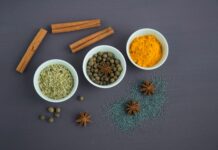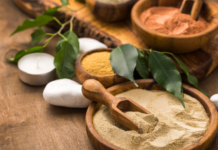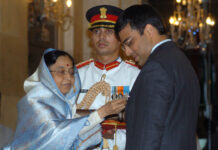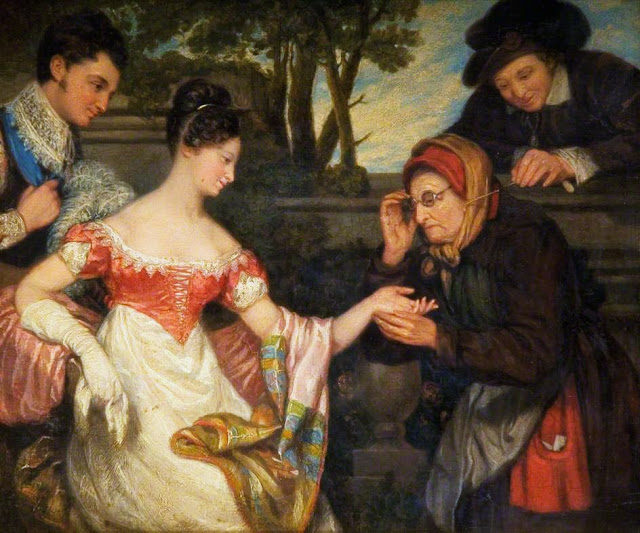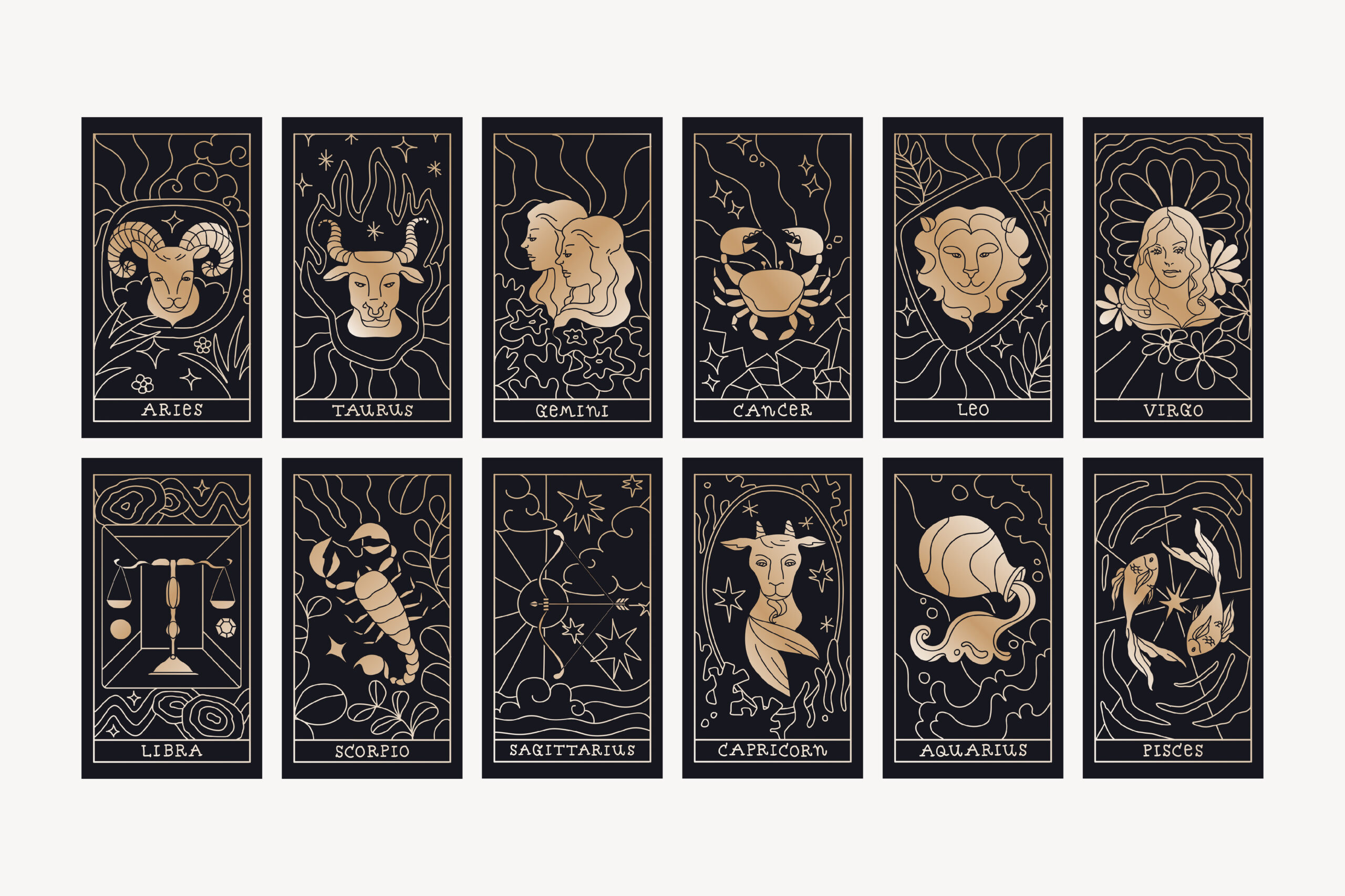How to Become Professional Palmist
when you make up your mind to study Palmistry, is to decide definitely who you consider the best teacher, or which the best book, from which to learn, and then to adhere to that one alone: you will only become confused if you take several.
- Next, take a large manuscript book, and write out what you have learnt, on one side of the page only. Wait a week or so, according to opportunity, and during that time observe and study every hand you meet in your daily life, persuade your friends to allow you to take an impression or to make a drawing of the outline of their hands, paste these drawings into your book, on the other side of the pages left for the purpose, and against them write your delineation, just so far as you have learnt.
- Remember to go slowly, do not take too much at a time. Palmistry is not a study that can be hurried and you must be sure of each point you take. But in itself the study of the Hand as a whole education, excellent cultivation of the mind, as it obliges the student to improve and to exercise to its fullest extent his powers of observation, analysis, expression, method, and judgment.
- You will find it necessary to spend several months of careful study on the outline and mounts of hands before you start the study of lines. Many beginners are keen to start on the lines without giving themselves the trouble to properly study the outline, thinking the latter will be but dull work. But truly they will not find it so, if they really love the study of human nature, without which there is no good Cheirologist made, and where in itself would the advantage be, if they could only tell their consultants facts which they already knew themselves, and where would be interest to the exponent.
- Never use a word unless you are capable of clearly explaining to your consultant what you mean by it, and stick to that one meaning alone.
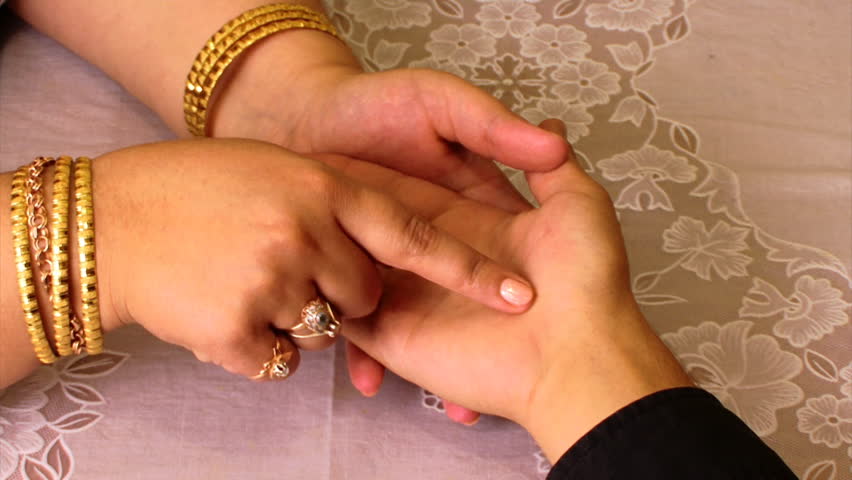
Therefore, begin your study of the science by defining your terms.
- The next most important point to remember the greatest and most fundamental rule in Palmistry – is this: each sign has its own meaning, and that alone. It qualifies the meaning of other signs in certain understood proportions; but its own special meaning remains and cannot be altered. No one sign in the Hand could mean both.
- Consider there is a great responsibility laid upon you, the responsibility of exceptional knowledge; put yourself in the position of a moral medical man in the diagnosis of your case; and however the frivolous world may giggle around you, be yourself serious and earnest.
You are to tell your subject, how much of what you see it is proper to divulge, you must use your own tact and observation. Always tell the truth about character with all possible exactness, and put it in the pleasantest manner you can.
Your are merely an agent for the transference of knowledge, and must sink your own personality absolutely.
Knowing that you have a perfect knowledge concerning the, and that it is useless to be annoyed or ashamed, or to try to conceal the truth from you.
Know how a line grows, to be able to perceive its direction.
- Never date a death, or foretell and inevitable misfortune; touch lightly upon those you think possible in the immediate future, pointing out the best way to avoid them, or to minimize their consequences. Help your Subjects to alter them for good, no evil.
Never touch the hands of your Subject at the beginning of your reading. From the natural fall of the hands, and position of the fingers, an immense amount of knowledge can be gained.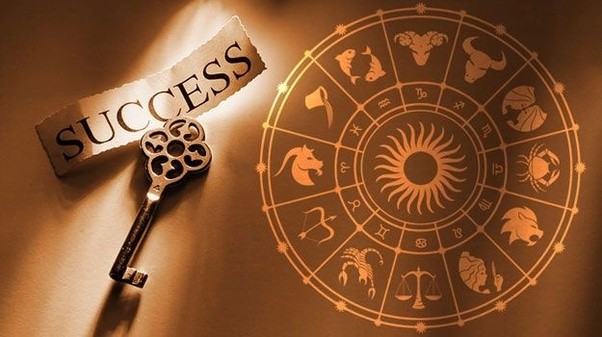
- Begin the study of the Hands from the back, looking carefully at the nails and knots, the length of palm and fingers, but do not speak of your impressions, as they have to be corroborated from the front. We take the love or order from the backs of the joints, but the energy, tidiness, and method, have to be added from the hardness of the palm, and other signs in the front of the hand.
Having studied the back (not touched it), ask your subject to turn the hands over, and look carefully at the natural fall of the fingers and thumb: touch the palm once gently, ascertain the hardness, and mention your conclusions as to energy, order, and temper. Next take the spaces between the fingers, then the thumb and each finger separately – comparing the two hands and the several phalanges in turn.


